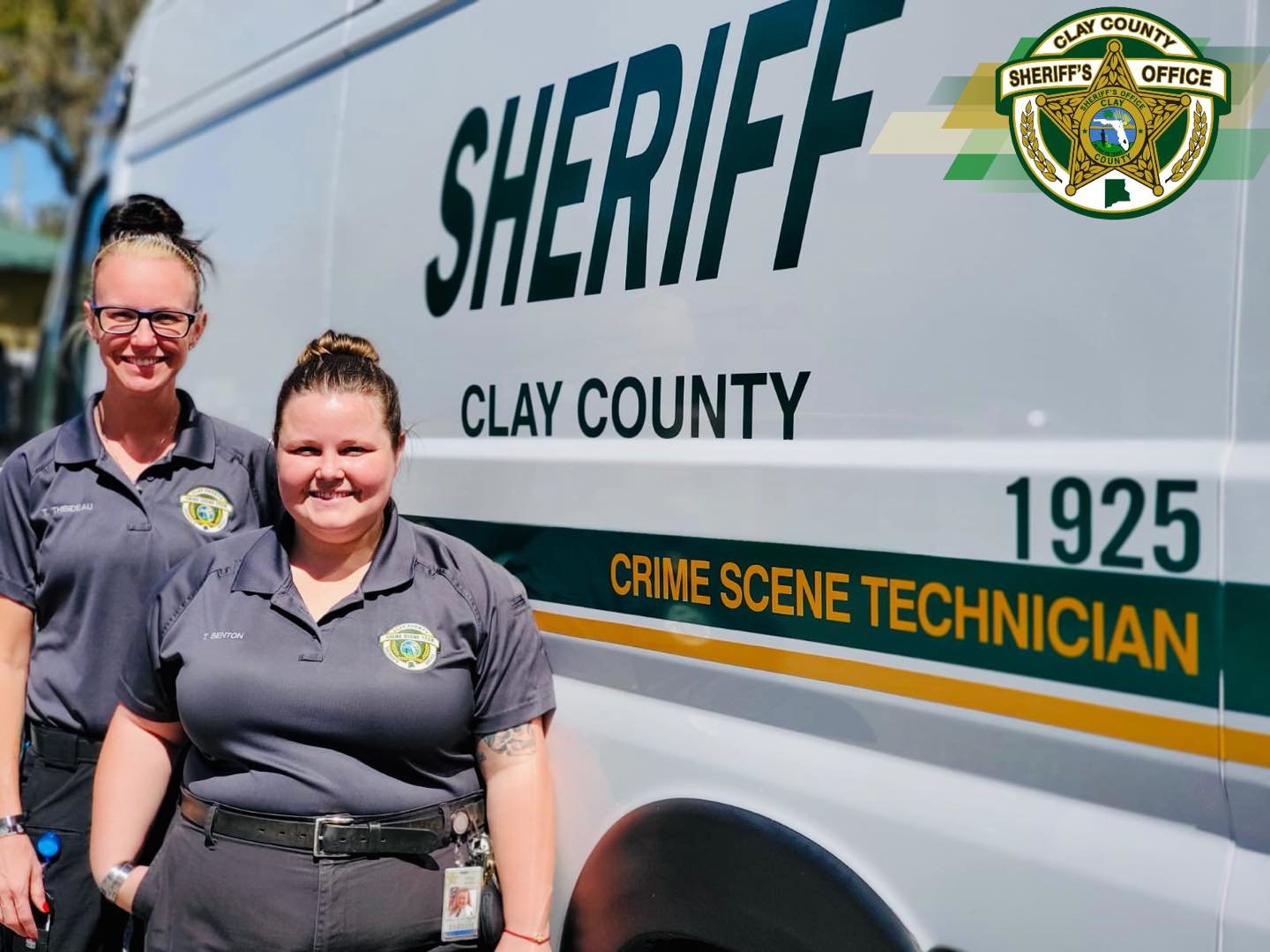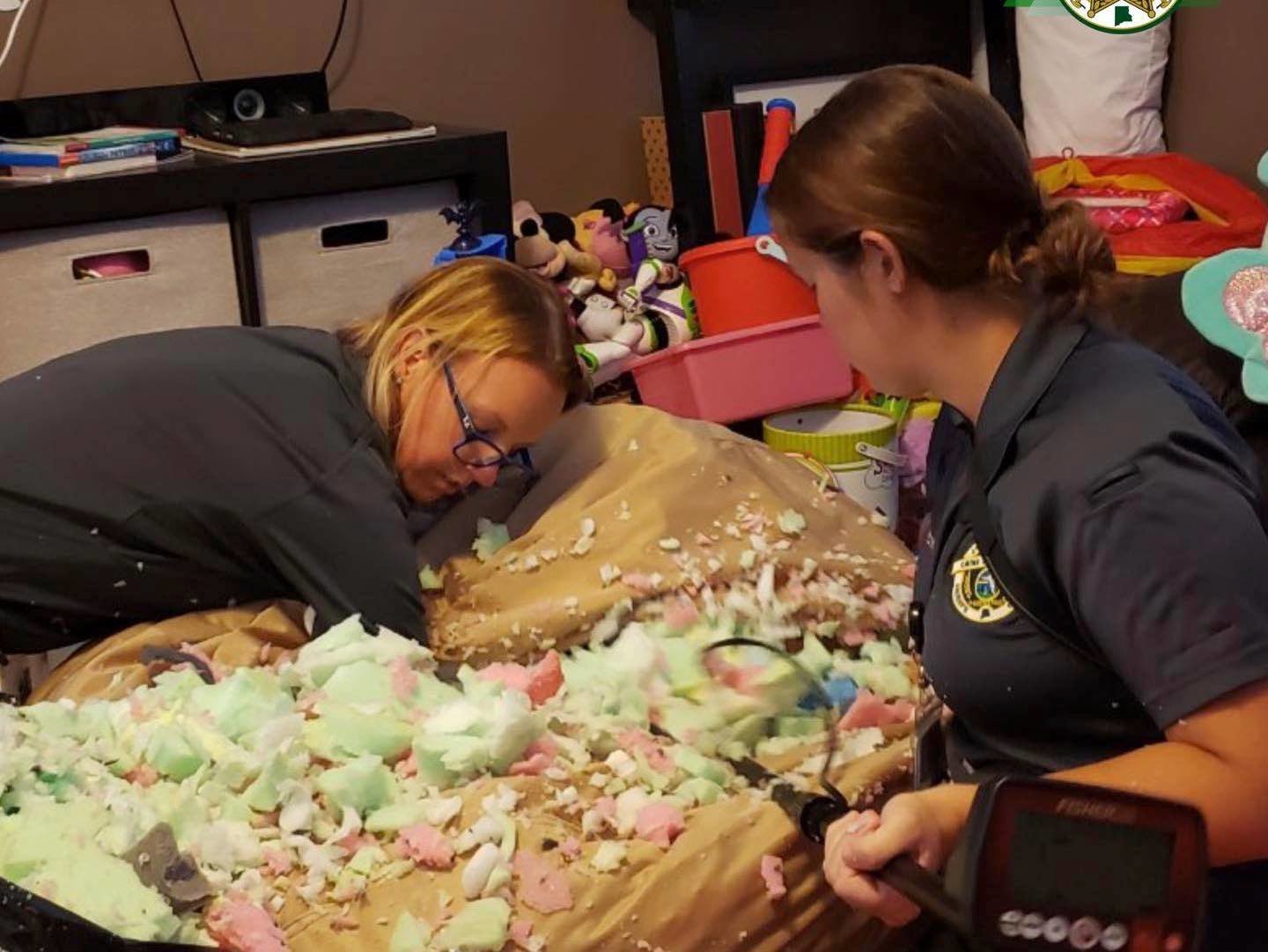National Forensic Science Week
CCSO’s crime scene technicians ‘pull scene together’ by collecting evidence
CLAY COUNTY – There is nothing routine at the Crime Scene Unit at the Clay County Sheriff’s Office. The eight technicians charged with collecting, cataloging and identifying items for a crime …
This item is available in full to subscribers.
Attention subscribers
To continue reading, you will need to either log in to your subscriber account, or purchase a new subscription.
If you are a current print subscriber, you can set up a free website account and connect your subscription to it by clicking here.
If you are a digital subscriber with an active, online-only subscription then you already have an account here. Just reset your password if you've not yet logged in to your account on this new site.
Otherwise, click here to view your options for subscribing.
Please log in to continueDon't have an ID?Print subscribersIf you're a print subscriber, but do not yet have an online account, click here to create one. Non-subscribersClick here to see your options for subscribing. Single day passYou also have the option of purchasing 24 hours of access, for $1.00. Click here to purchase a single day pass. |
National Forensic Science Week
CCSO’s crime scene technicians ‘pull scene together’ by collecting evidence
CLAY COUNTY – There is nothing routine at the Crime Scene Unit at the Clay County Sheriff’s Office. The eight technicians charged with collecting, cataloging and identifying items for a crime scene know every day brings a new challenge.
They never know what might be the missing piece of the puzzle to turn an investigation into an arrest. It may be a single hair, a piece of scrap paper, an empty beer can or a cigarette butt.
The technicians know they are doing more than a job when they conclude a piece of evidence, no matter how insignificant it seemed at first, tied the whole case together. They are getting criminals off the streets.
“In Clay County, we work minor crimes as well, so we do burglaries, criminal mischief and pretty much in-between, all the way up to homicide, accidental deaths,” said CST Tiffany Benton. “We do get to see a wide variety of things – a lot of which most normal people wouldn’t see in their lifetime.”
Their meticulous work was recognized when states banded together to proclaim this week as “National Forensic Science Week.”
The other crime scene technicians at CCSO are Kiva Kern, Alek Morgan, Christina Nappo, Cristina Ortiz, Christie Vore and Shauna Wash.
On Tuesday, Benton worked the scene after somebody shot at two school buses on Henley Road with BB guns. She photographed the damage and scoured the roadway for the small pellets. Her partner, Tiffany Thibideau, was in Jacksonville worked with a stolen car.
“We do not have routine days at all,” Thibideau said.
Police investigations start where the incident took place. Deputies are charged with identifying, isolating and securing the scene.
Evidence is divided into two areas – physical and testimonial. CSTs generally deal with the physical evidence that can prove, or disprove facts.
Clay County’s CST unit is charged with thoroughly examining every scene. It could be as simple as a criminal mischief case, or as complex as murder or suicide. After they leave the scene, they send some of the forensic materials like DNA to the Florida Department of Law Enforcement, but they do a lot of their testing, too.
“One thing a lot of people don’t know when they think about forensic science is because they watch a lot of TV shows,” Benton said. “In our unit in Clay County, we actually do a little bit of everything. We don’t just respond to crime scenes. We work in the lab as well, so we process for prints, DNA, serial number restorations – all in our in-house lab. We also do fingerprint comparisons.”
And there’s no greater feeling than providing a detective the information that helps close a case.
“That’s where the enjoyment out of the job comes,” Thibideau said. “It’s knowing that what we’re doing is making a difference in helping solve the crime.
“We’re definitely investigators at the scene. We have to see very minute details and remember all that whenever it comes back to pulling the whole scene together. We collect anything we see that makes sense. It helps create a story and puts it all together.”











